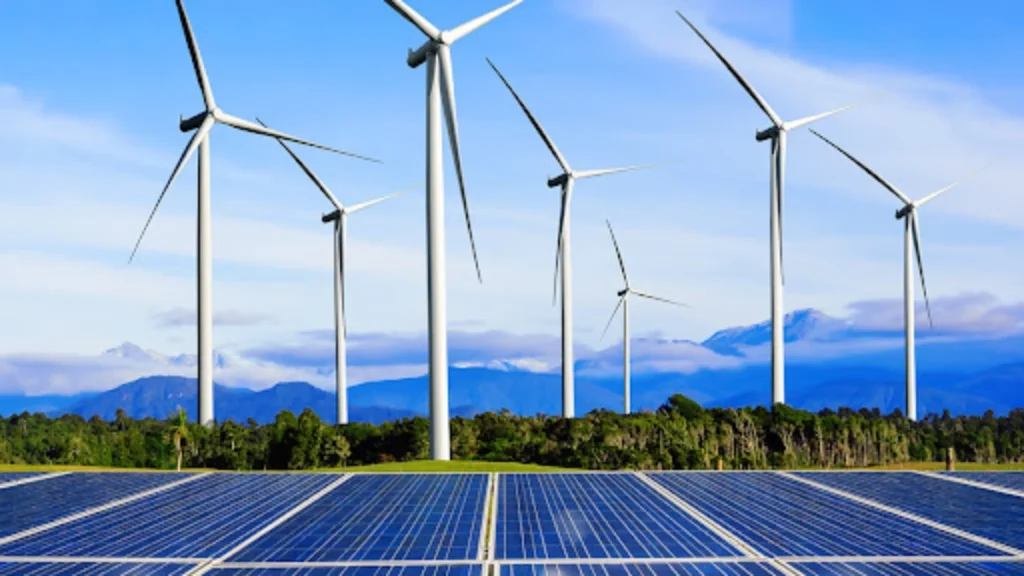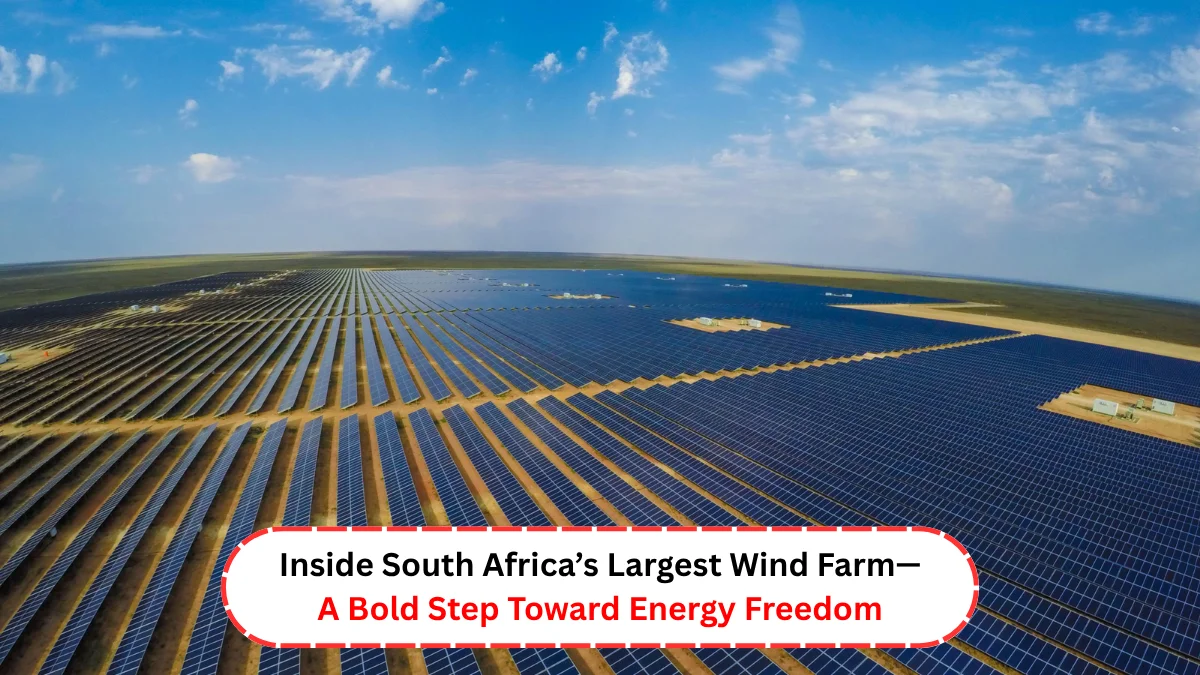Many South African companies are moving away from Eskom. The main reasons are rising costs and regular load shedding. For years, power cuts and high tariffs have made work harder. Many businesses now look for other ways to keep running without Eskom.
Besides saving money, businesses want a power supply they can trust. Eskom’s coal plants, like Medupi and Kusile, often break down. This makes the grid unreliable. So, many companies now use solar and wind power instead. These options are cleaner and more stable.
Clean Energy Gains Support Across the Country
The push for clean energy is also linked to global climate goals. Many countries like South Africa want to reach Net Zero emissions. This means less pollution and using less coal. Solar, wind, and batteries are now better options for power. They produce power with fewer problems and help businesses meet green targets.
Through the Renewable Energy Independent Power Producer Procurement Programme, the government has made progress in getting clean energy onto the grid. The goal is to offer cheap, clean power to consumers. But delays in policy and weak leadership have slowed things down. These delays led to serious power shortages, including stage six load shedding.
Our updates are fast, clear, and fact-checked.

Private Projects Lead the Way
Despite challenges, many private energy projects are moving forward. These projects show how much the industry is changing. One strong example is the Overberg Wind Farm, a 380MW project by Red Rocket. This is the largest privately developed wind farm in South Africa. Once active, it will power businesses and reduce pressure on the grid.
The wind farm will also cut Richards Bay Minerals’ carbon emissions by 30%, which equals 0.7 million tonnes of CO₂e each year. This project received insurance support from iTOO Renew Risk, helping secure funding and reduce financial risk. Projects like this prove that clean energy is not just possible—it is already happening.
Insurance Plays a Key Role in Project Security
As more money goes into clean energy, protecting it is important. In South Africa, big renewable projects can cost from R250 million to R10 billion. This project got insurance support from iTOO Renew Risk. It helped with funding and made the project safer. It also shows that clean energy is not just an idea but already working.
One recent case involved a windstorm in the Northern Cape. Winds reached 156 km/h, damaging a solar plant. The result could be insurance claims worth hundreds of millions of rand. Insurance gives companies the confidence to invest in clean energy, knowing they will be covered if something goes wrong.
In other parts of the world, like Texas, hail has become a major threat to solar panels. Insurance companies are now limiting coverage for hail damage or not offering it at all. This makes strong planning and risk checks more important than ever.
Risk Checks Are Now a Standard Part of Planning
Before offering full coverage, insurers study the project site. They check weather history, flood maps, and natural disaster reports. In safe areas, full insurance is easier to get. But in risky zones, companies must take extra steps.
For example, if solar panels are placed in a flood-prone riverbed, insurers may ask the company to lift them higher. This keeps the panels safe and makes the insurance fair.
Grid Space Is Limited in High-Potential Areas
There is another challenge: the national grid is full in many parts of the country. Areas like the Western, Eastern, and Northern Cape already have most of their grid space allocated. New projects now move to places with weaker sun or wind, such as the Free State.
These areas also bring new risks. The Free State has more hailstorms, which can damage solar panels. Wind farms built inland face more lightning strikes. Even with these risks, the right planning and smart designs can keep projects safe and profitable.
Renewable Projects Are Delivering Despite the Hurdles
Even with the setbacks, renewable energy projects are performing well. South Africa’s solar and wind farms are reaching their availability targets. This means they produce steady power when the grid can take it. But grid access remains a key problem. If the grid is too weak or full, electricity cannot be sent out, even if it is produced.
This is why many firms also support new ideas like wheeling, which allows power to move across the grid more flexibly. Stronger transmission lines and better grid planning will help more power reach users. Load shedding is still a risk, especially when coal plants fail in winter, but renewables give some relief.
Related News:-
- Sassa Grant Verification Notice: Submit Proof or Lose Your Grant
- Why Senzo Mchunu’s New Statement Has Raised Even More Questions
- KZN police commissioner under siege – shocking new protection steps revealed
- Shocking Update: Senzo Mchunu Under Scrutiny Over R360 Million Tender

Hi, I’m Amandeep Singh, a content writer at Ramnath Intercollage. I share updates on jobs, internships, and scholarships across South Africa using official and trusted sources. My aim is to make every post easy to read and helpful for anyone looking to apply.

